SLVS238L August 1999 – November 2024 TL331 , TL331B , TL391B
PRODUCTION DATA
- 1
- 1 Features
- 2 Applications
- 3 Description
- 4 Pin Configuration and Functions
-
5 Specifications
- 5.1 Absolute Maximum Ratings, TL331 and TL331K
- 5.2 Absolute Maximum Ratings, TL331B and TL391B
- 5.3 ESD Ratings - TL331B and TL391B
- 5.4 ESD Ratings, TL331 and TL331K
- 5.5 Recommended Operating Conditions, TL331B and TL391B
- 5.6 Recommended Operating Conditions, TL331 and TL331K
- 5.7 Thermal Information
- 5.8 Electrical Characteristics, TL331B and TL391B
- 5.9 Switching Characteristics, TL331B and TL391B
- 5.10 Electrical Characteristics, TL331 and TL331K
- 5.11 Switching Characteristics, TL331 and TL331K
- 5.12 Typical Characteristics
- 6 Detailed Description
- 7 Application and Implementation
- 8 Device and Documentation Support
- 9 Revision History
- 10Mechanical, Packaging, and Orderable Information
5.12 Typical Characteristics
TA = 25°C, VS = 5V, RPULLUP = 5.1k, CL = 15pF, VCM = 0V, VUNDERDRIVE = 100mV, VOVERDRIVE = 100mV unless otherwise noted.
 Figure 5-1 Supply Current vs. Supply Voltage
Figure 5-1 Supply Current vs. Supply Voltage Figure 5-3 Total Supply Current vs. Input Voltage at 3.3V
Figure 5-3 Total Supply Current vs. Input Voltage at 3.3V Figure 5-5 Total Supply Current vs. Input Voltage at 12V
Figure 5-5 Total Supply Current vs. Input Voltage at 12V Figure 5-7 Input Bias Current vs. Supply Voltage
Figure 5-7 Input Bias Current vs. Supply Voltage Figure 5-9 Input Bias Current vs. Input Voltage at 12V
Figure 5-9 Input Bias Current vs. Input Voltage at 12V Figure 5-11 Input Offset Voltage vs. Supply Voltage at -40°C
Figure 5-11 Input Offset Voltage vs. Supply Voltage at -40°C Figure 5-13 Input Offset Voltage vs. Supply Voltage at 85°C
Figure 5-13 Input Offset Voltage vs. Supply Voltage at 85°C Figure 5-15 Input Offset Voltage vs. Temperature at 3V
Figure 5-15 Input Offset Voltage vs. Temperature at 3V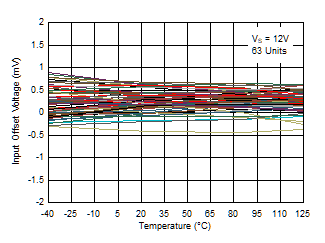 Figure 5-17 Input Offset Voltage vs. Temperature at 12V
Figure 5-17 Input Offset Voltage vs. Temperature at 12V Figure 5-19 Output Low Voltage vs. Output Sinking Current at 3V
Figure 5-19 Output Low Voltage vs. Output Sinking Current at 3V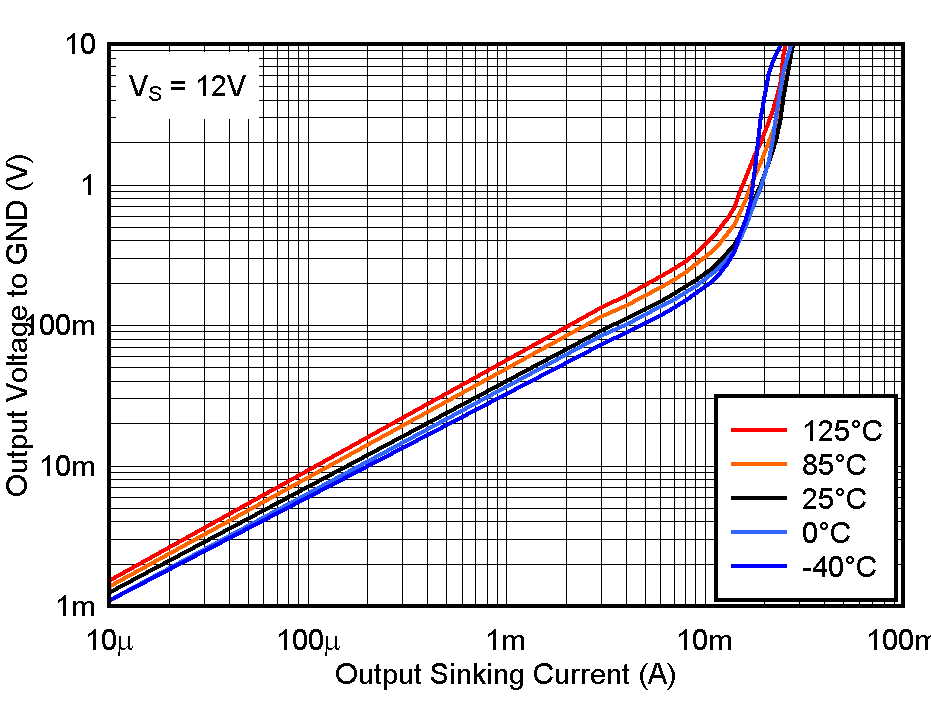 Figure 5-21 Output Low Voltage vs. Output Sinking Current at 12V
Figure 5-21 Output Low Voltage vs. Output Sinking Current at 12V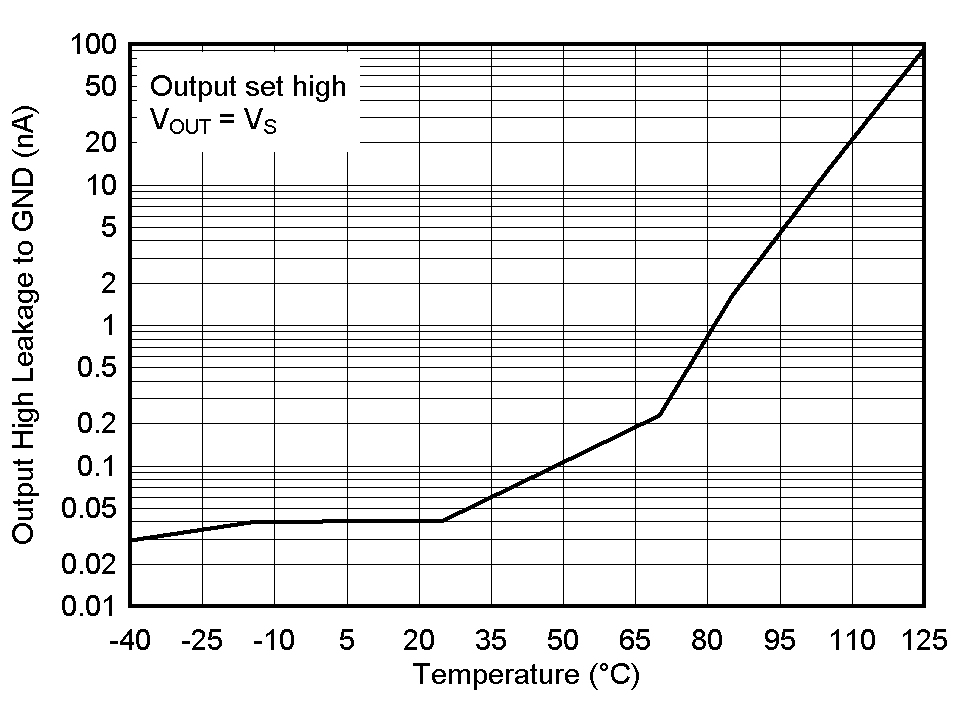 Figure 5-23 Output High Leakage Current vs.Temperature at 5V
Figure 5-23 Output High Leakage Current vs.Temperature at 5V Figure 5-25 High to Low Propagation Delay vs. Input Overdrive Voltage, 5V
Figure 5-25 High to Low Propagation Delay vs. Input Overdrive Voltage, 5V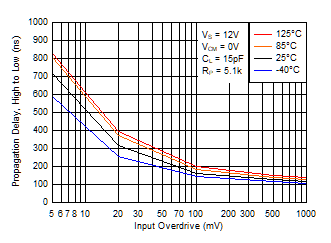 Figure 5-27 High to Low Propagation Delay vs. Input Overdrive Voltage, 12V
Figure 5-27 High to Low Propagation Delay vs. Input Overdrive Voltage, 12V Figure 5-29 High to Low Propagation Delay vs. Input Overdrive Voltage, 36V
Figure 5-29 High to Low Propagation Delay vs. Input Overdrive Voltage, 36V Figure 5-31 Response Time for Various Overdrives, High-to-Low Transition
Figure 5-31 Response Time for Various Overdrives, High-to-Low Transition Figure 5-2 Total Supply Current vs. Input Voltage at 3V
Figure 5-2 Total Supply Current vs. Input Voltage at 3V Figure 5-4 Total Supply Current vs. Input Voltage at 5V
Figure 5-4 Total Supply Current vs. Input Voltage at 5V Figure 5-6 Total Supply Current vs. Input Voltage at 36V
Figure 5-6 Total Supply Current vs. Input Voltage at 36V Figure 5-8 Input Bias Current vs. Input Voltage at 5V
Figure 5-8 Input Bias Current vs. Input Voltage at 5V Figure 5-10 Input Bias Current vs. Input Voltage at 36V
Figure 5-10 Input Bias Current vs. Input Voltage at 36V Figure 5-12 Input Offset Voltage vs. Supply Voltage at 25°C
Figure 5-12 Input Offset Voltage vs. Supply Voltage at 25°C Figure 5-14 Input Offset Voltage vs. Supply Voltage at 125°C
Figure 5-14 Input Offset Voltage vs. Supply Voltage at 125°C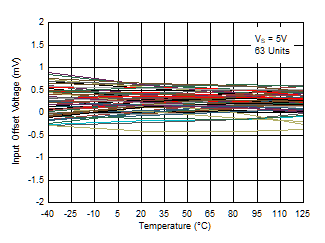 Figure 5-16 Input Offset Voltage vs. Temperature at 5V
Figure 5-16 Input Offset Voltage vs. Temperature at 5V Figure 5-18 Input Offset Voltage vs. Temperature at 36V
Figure 5-18 Input Offset Voltage vs. Temperature at 36V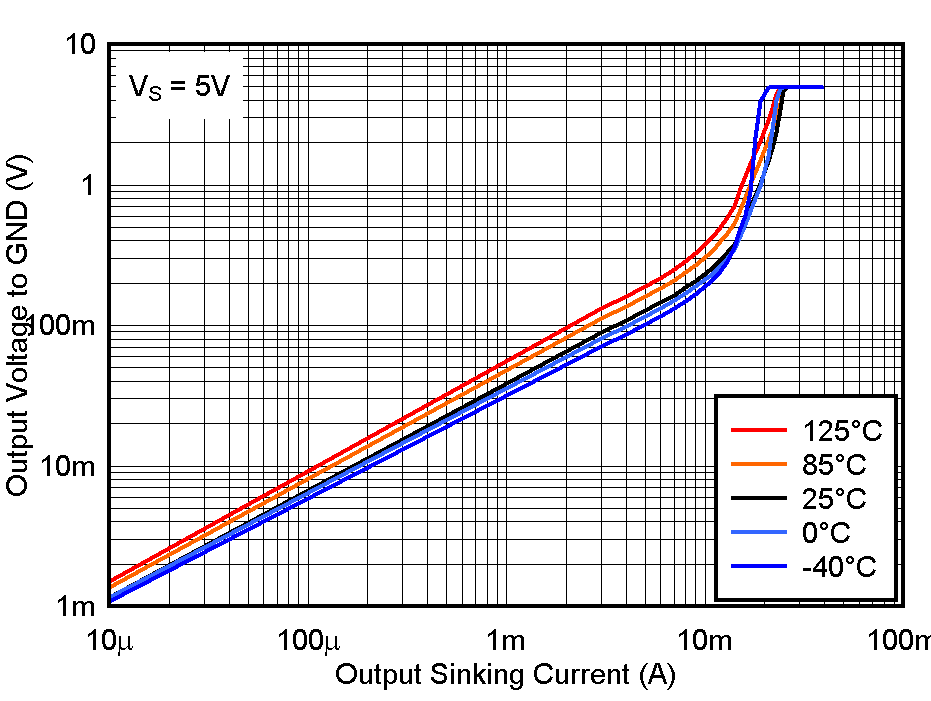 Figure 5-20 Output Low Voltage vs. Output Sinking Current at 5V
Figure 5-20 Output Low Voltage vs. Output Sinking Current at 5V Figure 5-22 Output Low Voltage vs.Output Sinking Current at 36V
Figure 5-22 Output Low Voltage vs.Output Sinking Current at 36V Figure 5-24 Output High Leakage Current vs. Temperature at 36V
Figure 5-24 Output High Leakage Current vs. Temperature at 36V Figure 5-26 Low to High Propagation Delay vs. Input Overdrive Voltage, 5V
Figure 5-26 Low to High Propagation Delay vs. Input Overdrive Voltage, 5V Figure 5-28 Low to High Propagation Delay vs. Input Overdrive Voltage, 12V
Figure 5-28 Low to High Propagation Delay vs. Input Overdrive Voltage, 12V Figure 5-30 Low to High Propagation Delay vs. Input Overdrive Voltage, 36V
Figure 5-30 Low to High Propagation Delay vs. Input Overdrive Voltage, 36V Figure 5-32 Response Time for Various Overdrives, Low-to-High Transition
Figure 5-32 Response Time for Various Overdrives, Low-to-High Transition